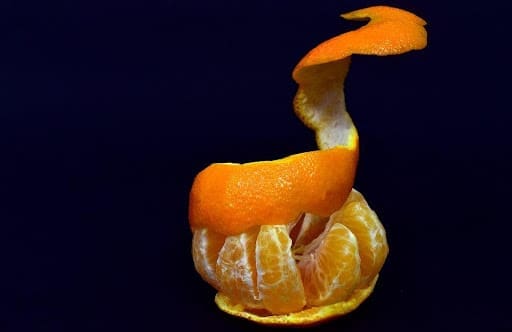The values of sustainability have become important for every aspect of modern life, from the increased popularity of the slow fashion movement to new research in environmentally-friendly options for food and transportation. Fabric production has also moved to the forefront of the sustainability stage, with new and improved ways to source, produce, and recycle textiles and textile-adjacent materials.
Here are three of the most notable and sustainable textile solutions that are shaping the way that we produce and consume clothing around the world.
Recycled Fibers
Recent years have seen a huge increase in the methods for fibers that can be recycled and reclaimed to be used again to produce new textiles. Even though a small fraction of the world’s total textile waste is being recycled, new techniques are on the rise. This means that using recycled fibers as a means of sourcing and producing fabrics is becoming more and more of a reality, and designers and producers are finding increasingly applicable ways to incorporate recycled fibers into their pieces, which has proven to be a sustainable business model.
For example, cotton has become the standard for measuring the viability of a recycled fiber. This means that when researchers and producers are creating fibers out of recycled materials that will ultimately become a fabric, they’re comparing the length and strength of each one to cotton’s standards.
The process of creating fabrics from recycled materials works like this: when textiles are recycled, they are shredded down and treated with chemicals before they are spun at very high speeds. As these materials spin, they thin out into fibers or threads that can then be woven into a fabric.
While this process has been around for quite some time, the efficiency of the process has always been an issue. Recent advancements in the science and application of this fiber recycling process are increasing the quality and viability of these materials. In other words, the results of the textile recycling process are producing fibers that are more and more similar to cotton in terms of length of the fiber and the quality of the fabric that can be created from such fibers.
Artificial Leather
Another game-changing fabric in terms of sustainability is artificial leather. This leather looks and feels like real animal skin, because it is. However, instead of having to raise, feed, water, and kill an animal in order to get the leather, the skin is grown artificially in a lab from a small skin sample: the whole process takes place in the same

Pixabay.com
controlled environment, from start to finish. This means that water, carbon emissions, and other waste is reduced at every step of the leather production process.
There are lots of advantages to using artificial leather, the most notable being its sustainability and eco-friendliness. But designers have also seen other benefits of using artificial leather, including the fact that leather grown in a lab allows for more flexibility in terms of the size, shape, color, and pattern of the leather. The designers don’t have to worry about the animal being too big or too small or too spotted, because the artificial leather can be manipulated to look exactly how the designer wants.
Producers are even experimenting with new patterns that aren’t seen in natural leather. This way, they can benefit from the flexibility of different colors while also making great use of the durability of leather. In this way, artificial leather is a great gift for everyone, since it provides for a versatile style while also increasing the overall sustainability of the leather products.
Cellulose-Based Fiber Blends
One of the more recent developments in sustainable textile sourcing is using what would otherwise be considered

Pixabay.com
“food waste” to make new fabrics. The process relies on the cellulose of organic matter, like the structures found in fruits or vegetables, and uses the cellulose to produce a fiber that can then be blended with cotton or other more common fibers to create a more sustainable textile.
For instance, one of the most popular versions of these cellulose-based fibers are made with citrus peels. The fruits are used for making juice, so only the peel and the pulp of the citrus is left. Then, alpha cellulose is extracted from the white part of the peel on the inside; a similar process is conducted on the outer peel of the fruit as well. The cellulose collected from this process forms fibrous strands when it’s spun at high speeds, and these strands are what form the fibers that be ultimately woven or worked into fabric.
Of course, the strength and durability of these fibers aren’t very high, so they are often blended with other better-established textile fibers such as cotton or synthetic material. So, even though the textiles aren’t entirely made from the cellulose-based fibers, using these fibers for a significant percentage of the woven fabric is an effective way to increase the sustainability of the textile overall.
Image links:
https://cdn.pixabay.com/photo/2016/11/19/08/00/towel-1838210_1280.jpg
https://cdn.pixabay.com/photo/2018/11/20/16/44/laboratory-3827745_1280.jpg
https://cdn.pixabay.com/photo/2017/12/07/23/14/mandarin-3004763_1280.jpg

